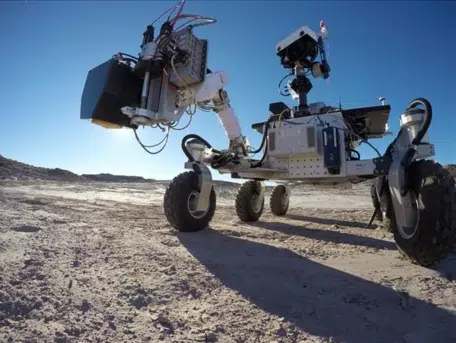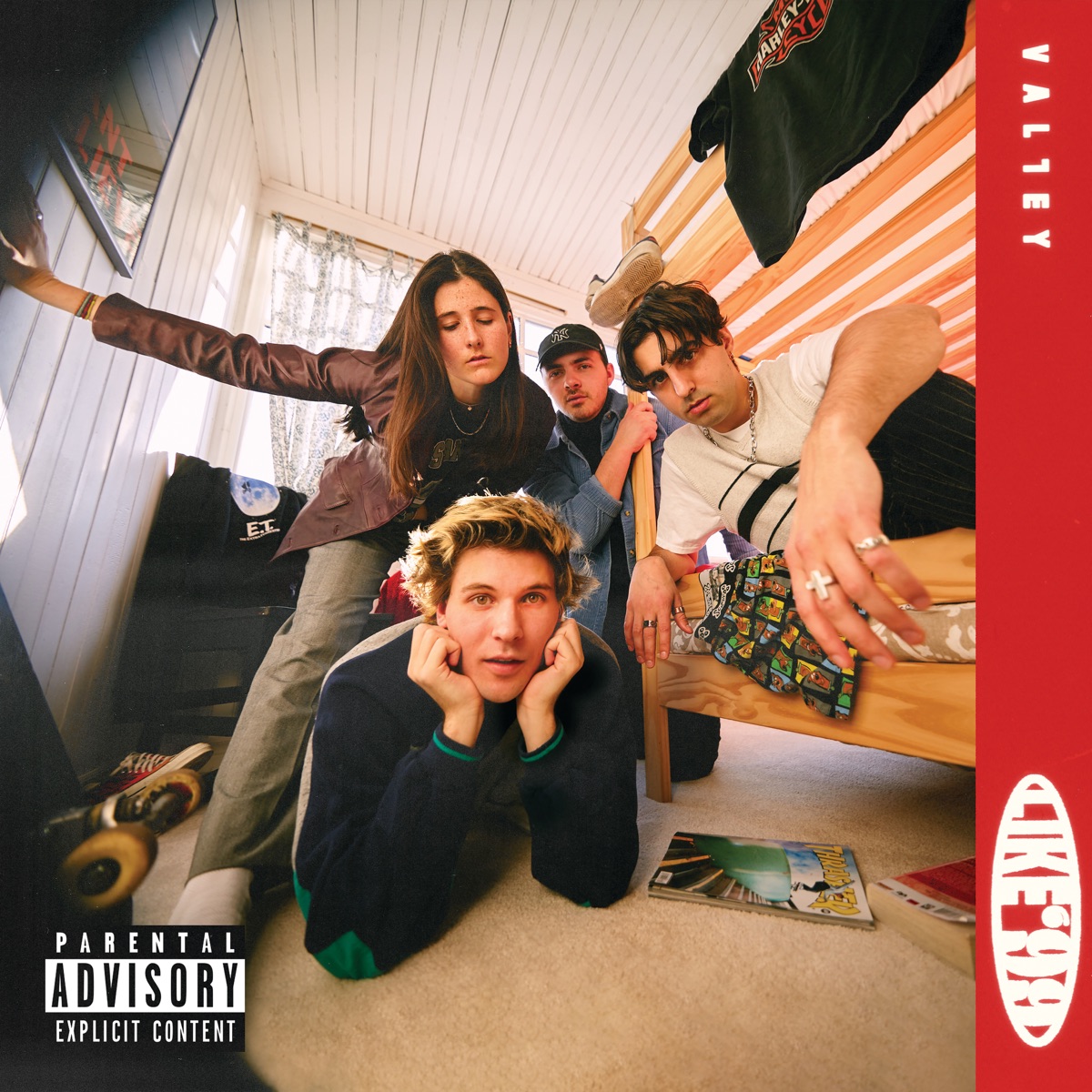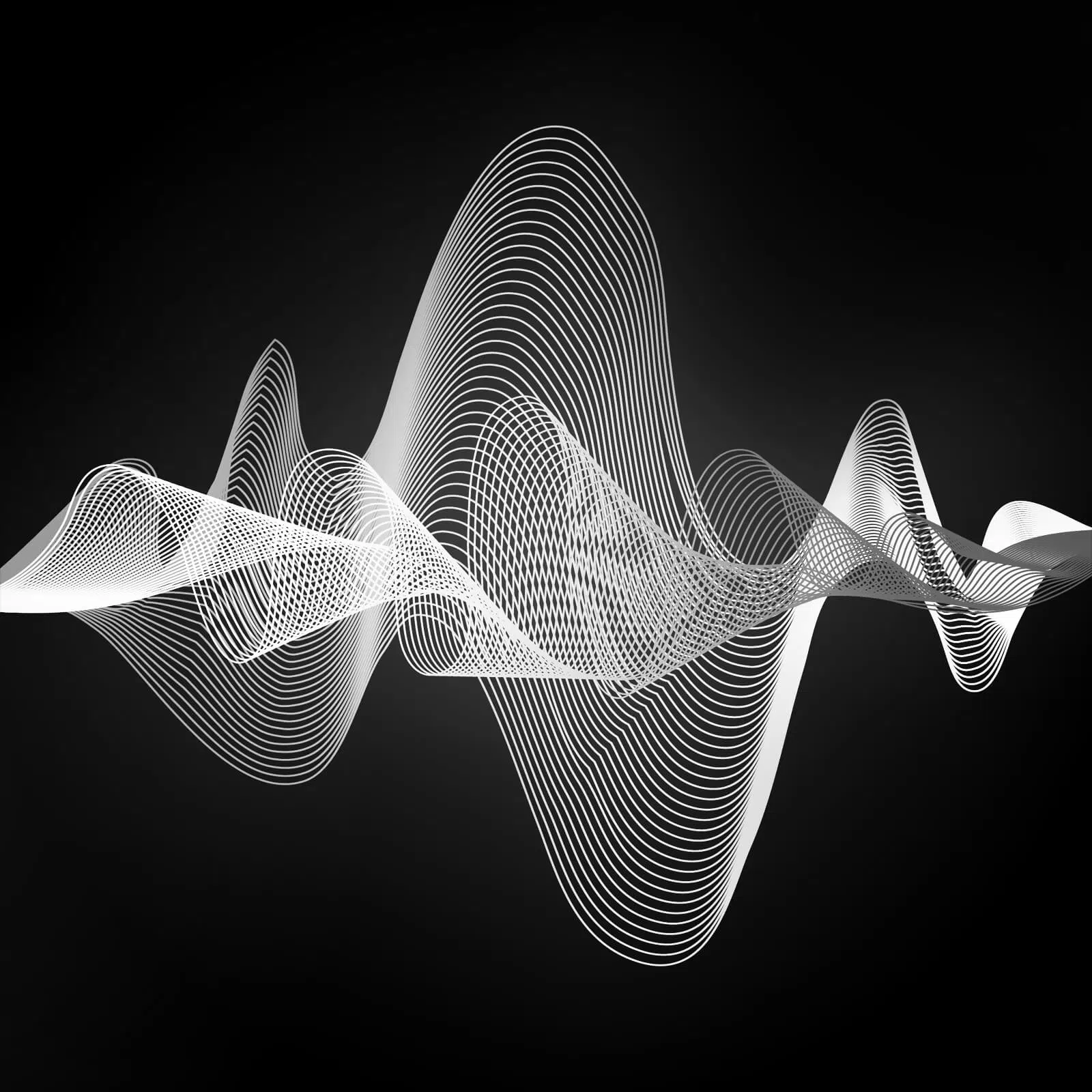
A group of students from across the country ran a Mars rover simulation mission at Western University.
Made up of 35 students, ranging from undergraduates to Post Doctoral Fellows contributed to the analogue mission.
Tanya Harrison a Ph.D. candidate for geology at Western University, explains her position, “It’s my job to help the team figure out what we should take pictures of with the main cameras on the rover. And then look at those images when they come back and analyze them from a science stand-point.”
Ph.D. Candidate for Geology Zach Morse explains his job as a GIS/Mapping lead, “I am in charge of making geologic maps. [we] analyze a 3-D rendered terrain of the area where the rover is, so it helps us decide where to go and what to sample next.”
Raymond Francis is one of the Post-Doctoral Fellows involved with the analogue mission, “My job is to help this team choose where they want to go, what they want to do, how they want to explore this place, and make a workable plan to-do-so.”
The simulation takes place with a real rover in Utah, USA where the environment of a dry, dusty terrain is similar to Mars.
The students run the mission by characterizing and collecting rock samples, while abiding by the rover’s data, energy and time constraints; just as they would be on the red planet.
Industrial Research Chair of Earth and Space Exploration at Western University, Director Dr. Gordon Osinski says, “This is the most realistic mission that anyone in the world has done; in terms of a Mars rover sample scenario.”
NASA is searching for astronauts now to prepare for the 2020 project.
The focus of the journey is to reveal Mars’ history and search for signs of life. In the process, an investigation of the planet’s likelihood of habitability and potential for future human exploration will also be assessed.
Dr. Osinski explains the goal, “That rover is actually going to collect samples and cache them on Mars, then a subsequent rover on a subsequent mission will bring them back. And so, this process has started and that’s exactly what we’re doing here. Is that, we’re going to cache the samples in Utah.”
With such a great experience at hand Dr. Osinski says, “The hope is that some of the students in the mission control here will, in the future, participate in this actual mission when it goes to Mars.”
The analogue mission is in partnership with the Canadian Space Agency.
This rare opportunity has not gone unappreciated by the students.
Harrison exclaims, “It’s a really great opportunity that’s unique to… Canada, there’s not any other space in the world, that I know of, that does something like this. So, the fact that the Canadian Space Agency is letting us use their rover to do this analogue mission is amazing!”
Morse shares his epiphany, “Before this week, I didn’t know for sure that I would actually have what it takes to work on a real mission, but this has been an eye opening experience. [I] can actually experience what it’s, as close to the real thing as possible, has been an inspirational experience.”
Francis compliments the team, “I’m very pleased with the way that the team is working together… and their diversity of expertise is coming together very well. And they are making very good use of the field resources and making good plans.”
Another analogue mission, controlled by students is scheduled at Western University for 2016.













